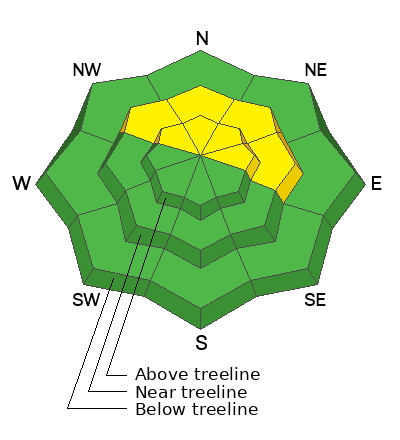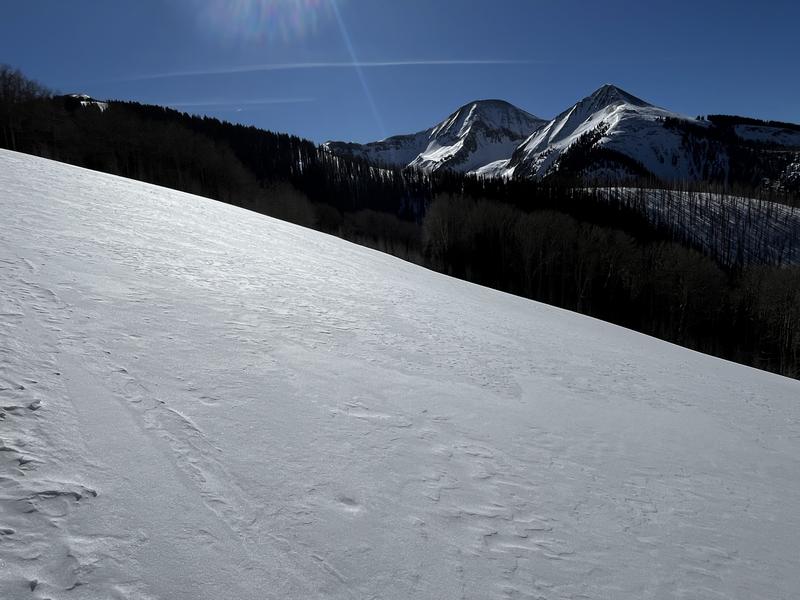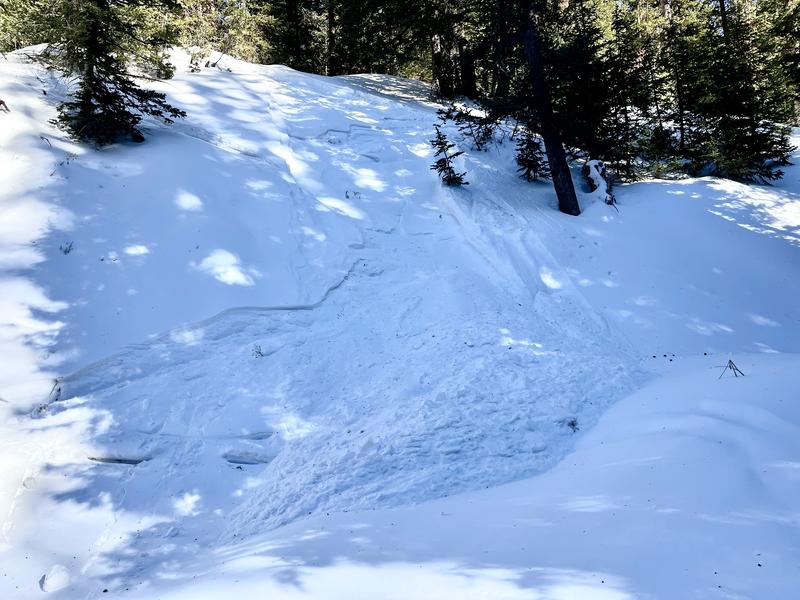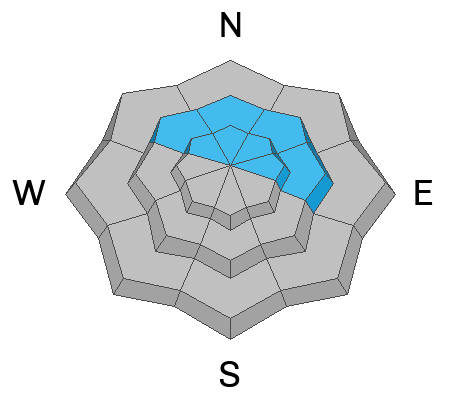Forecast for the Moab Area Mountains

Issued by Eric Trenbeath on
Saturday morning, January 25, 2025
Saturday morning, January 25, 2025
An isolated or MODERATE avalanche danger exists where you can detect slabs of wind drifted snow on top of weak, sugary, faceted snow. This problem is most pronounced on steep slopes that face NW-N-NE-E right around treeline. Human triggered avalanches 1 to 2 feet deep are possible.
Loose, dry avalanches are likely on very steep, sheltered, northerly facing terrain below treeline. Generally small, and not large enough to bury you, they could sweep you off your feet and take you for a ride.
Most other terrain has LOW danger. Small avalanches on isolated terrain features are possible.

Low
Moderate
Considerable
High
Extreme
Learn how to read the forecast here










